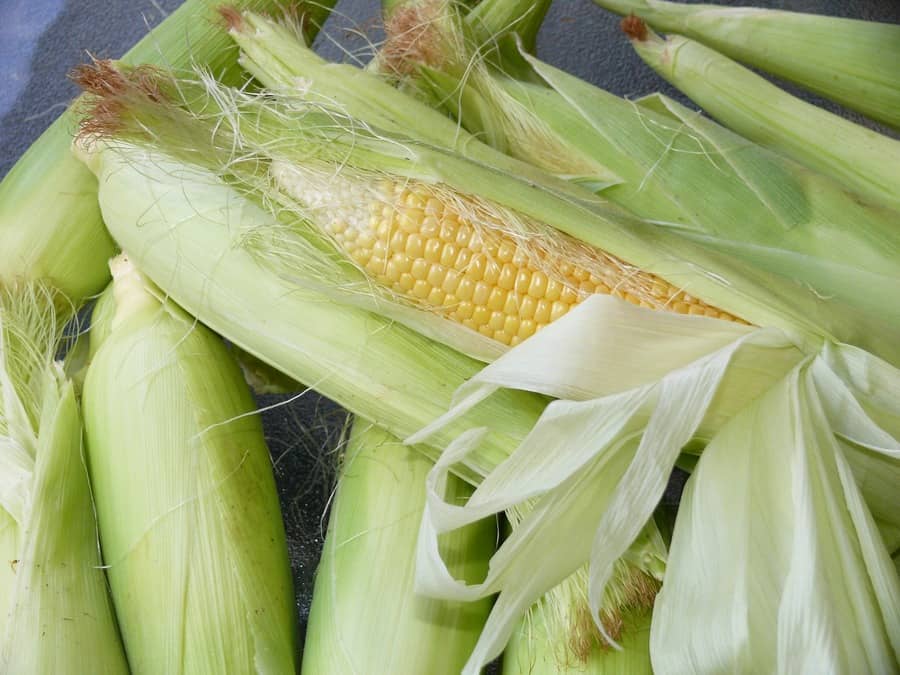Porto Alegre, January 29, 2024 – While external variables are unable to provide better price conditions for ports in Brazil, growers are repeating their 2023 trading decisions. Last year, the sharp decline in soybean prices at the crop arrival led Brazilian growers to make greater sales of corn in an attempt to retain soybeans. The decision ended up having no effect on soybeans, while it destroyed the recovery curve for corn prices in the domestic market. The accelerated decline in corn prices in 2023, in a period that should have been of firm prices, stemmed from the growers’ decisions and will be repeated in 2024.
The international market does not contribute to a good price for the 2024 second crop. With prices on the CBOT aligned at USD 4.40/bushel, harvests in Argentina arriving, and Ukraine lowering prices, it is difficult to achieve a good price formation for Brazil’s 2024 second crop. Last week, indications were between BRL 57 and 60/bag in Brazilian ports, bringing indications for the interior of Paraná to less than BRL 50, Mato Grosso do Sul BRL 40, Goiás BRL 37/42, and Mato Grosso BRL 30 to 37 for August/September.
This situation, of course, does not stimulate a strong planting pace for the second season, and planting cuts may be confirmed in some regions such as Goiás, Mato Grosso, Matopiba, and Minas Gerais. Besides, the lower use of technology in this second crop, with less fertilization mainly. A strong sorghum planting is being scheduled for these regions, especially as many plantings will only take place in March. An earlier-than-normal start of part of the soybean harvest and the resumption of rain in the Center-North are favorable factors for planting decisions, however, there is no noticeable reversal in the area size despite this earlier window.
In an attempt to bring some final motivation for growers to move forward with the purchase of inputs within this planting window limit, motivational information tries to dominate the national agribusiness media. The most “motivating” version may be the one that growers want to hear: they should plant, as there will be a shortage of corn. The version broadcast in the Brazilian agribusiness media last week undoubtedly borders on both irresponsibility and misinformation. The news indicating that there may be a corn shortage in Brazil in 2024 seems the most evident symptom of the attempt to motivate growers to plant corn in this 2024 second crop and flow out the excess inputs retained in the system.
The Brazilian picture for the 23/24 business year is approaching the final data, with better carryover stocks than those registered in 22/23: 8.6 mln tons. It is for this reason that, suddenly, sales pressure has returned to the Brazilian domestic market this January, that is, a lot of supply in the hands of growers. For 2024/25, it is clear that we have the whole weather progress ahead for the 2024 crop to define the internal supply, as well as the situation of the US crop, but this does not mean that beforehand there will be an early shortage of corn in Brazil.
Note that we are talking about supply rather than prices. A country that will be able to export between 40 and 50 mln tons in 2024 certainly does not have supply problems or corn shortages, nor can it disclose the news that the corn will run out during the business year. The key to domestic supply is exports. If the domestic market allows a repetition of 2023, with 55 mln tons exported, there will undoubtedly be problems in the second half of the year, even more so with the resumption of La Nina. If there is no competition with the export price, the domestic market will continue to be reactive to events and have supply difficulties as well. One thing is a price hike, the other is a shortage.
Meanwhile, the summer harvest is progressing with the west of the South region having some locations already with work completed. Yield results have been more discreet, as some crops were planted very early, between July and August, but have improved their performance from the middle of the local harvest.
The 2024 crop planting is rapidly progressing in Mato Grosso and starting in Goiás, Mato Grosso do Sul, and western Paraná. Indeed, some very early crops are to be reaped in May. The rain has improved significantly in the Center-North of the country, except for Mato Grosso do Sul, which is experiencing a second half of January with spottier rains but milder temperatures. The same situation is occurring in Paraná. In general, the planting of the Brazilian second crop is open, and the picture of the area to be cultivated and the climate ahead will bring the proper environment for the Brazilian domestic market.
The internal market continues with the selling action on the growers’ side. Plenty of sorghum appeared during the week in the Southeast and part of Goiás, corn in Mato Grosso do Sul, Goiás, Minas Gerais, and Paraná, and regular supply in the South with the harvest from Missões. The price lows in these regions are proportional to the growers’ selling pressure, as soybeans are approaching BRL 100 in the interior, and, at this level, there is resistance to sales. Perhaps, with the general advance of the soybean harvest, this sales pressure on corn may decrease, but it seems that the growers’ focus will be on soybeans due to their low prices.
Follow the Safras Agency on our website. Also follow us on our Instagram and Twitter and stay on top of the main agribusiness news!
Copyright 2024 – Grupo CMA

